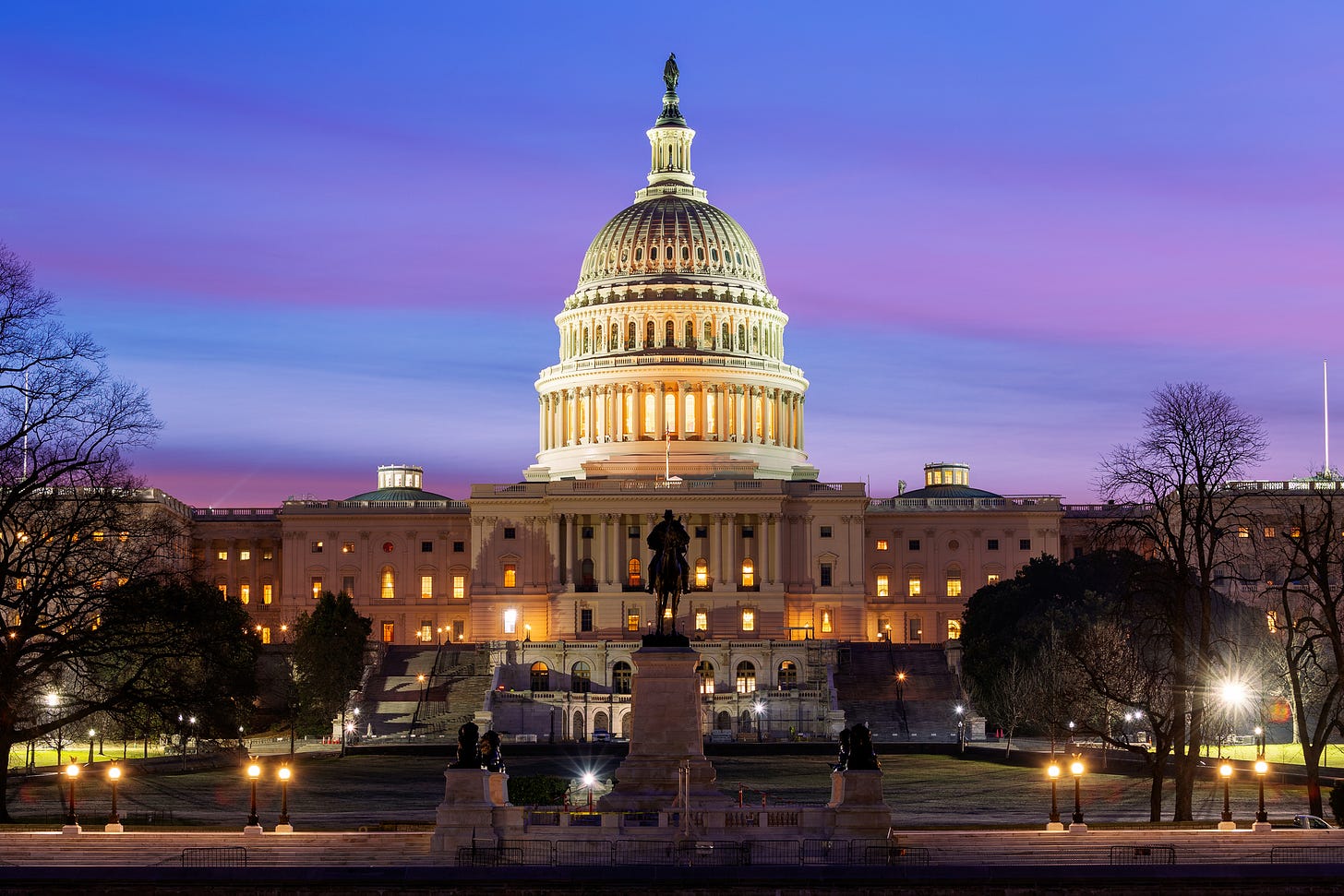As regular readers will have noticed I’m a big fan of elections, and the US midterms are shaping up to be far more interesting than they should be. At the start of the year I’d have expected the Republicans to win comfortably. Midterms – which see all seats in the House of Representatives and a third of those in the Senate up for election - tend to be countercyclical, the party that won the Presidency usually lose. The Democrats got hammered in both of Obama’s midterms; as did the Republicans in 2006 and 2018. Moreover, Biden has poor approval ratings and inflation has hit consumers.
Yet over the past few months what had been looking like a conventional midterm rout has turned into a knife edge contest. Biden’s approval ratings have improved a bit, though he is still in negative territory. This is partly thanks to a number of legislative achievements like managing to pass the Inflation Reduction Act, which doesn’t have all that much to do with inflation but did a bunch of useful things like reducing prescription medicine costs and increasing investment in renewables.
But more importantly the Republicans have been having a torrid time. Their figurehead, Donald Trump, is facing federal charges and is being prosecuted for financial fraud in New York. 61% of voters including 25% of Republicans think Trump has done something illegal or wrong. Even more importantly, the overturning of Roe vs Wade, while a goal the GOP been pursuing for decades, has given the Democrats a powerful issue for motivating their base, and one on which many independent and Republican voters agree with them. Nearly all their candidates have run very hard on the issue. On top of that the Republican senate candidates in key target seats are a bizarre and inept collection, mainly there because Trump decided to back them.
The US political website 538, which runs election modelling somewhat more sophisticated than seen in the UK, is currently predicting the Republicans have a 70% chance of winning the House and the Democrats a 67% chance of winning the Senate. But these nearly symmetrical numbers hide very different races. There are several dozen close House seats, the majority of which are currently held by Democrats. The Republicans only need a net gain of four to take control. They will probably do so if current polling is correct. If it tips slightly towards the Democrats over the next few weeks then an unlikely defence is possible. But the individual races are less important.
In the Senate, which is currently a 50-50 tie with the Vice President Kamala Harris able to break the deadlock, it comes down to seven “too close to call” contests where the personalities involved really do matter – in Pennsylvania, Georgia, Arizona, Wisconsin, Nevada, North Carolina, and Ohio. The Republicans should have had a good chance in New Hampshire too but chose a candidate almost designed to repel more moderate New England Republicans so the Democrats seem safe unless the polling is way out. The Democrats have an outside chance of taking out Marco Rubio in Florida, but that is very unlikely too.
These elections really matter. If the Democrats lose control over the House and/or the Senate it will even harder for the Biden administration to pass legislation. Most bills require a Senate supermajority (60 Senators voting in favour) due to complex filibustering rules but Biden has been able to use something called the reconciliation process to pass two important finance bills with a simple majority (once Joe Manchin, a Democrat in deep red West Virginia, had been mollified). A simple Senate majority is now also enough to pass judicial appointments – which would be absolutely critical if another Supreme Court position were to come up.
Moreover, protecting the Senate seats up this time makes it easier to defend in 2024 when there is a serious risk of a Republican trifecta (holding the Presidency, House and Senate at the same time). Given they effectively also control the Supreme Court it would give them unprecedented control – bypassing all the famous checks and balances. At very least the Democrats need to ensure they hold 41 seats or more to preserve their ability to filibuster – though that is a fragile protection that the Republicans could choose to remove (called the “nuclear option” as they’d not be able to get it back again). In 2024, 23 of the 33 Senate seats up for re-election are held by Democrats, including some very vulnerable ones like Manchin and Krysten Sinema in Arizona. If they found themselves down at, say, 48 after this cycle, the next one gets even tougher.
Most of the rest of this post will focus on the seven key Senate races with their full cast of eccentric personalities. There’s also a look at whether the polls might be systematically biased towards the Democrats and thus overstating their chances in both sets of races.
Keep reading with a 7-day free trial
Subscribe to Comment is Freed to keep reading this post and get 7 days of free access to the full post archives.




